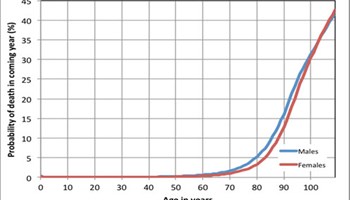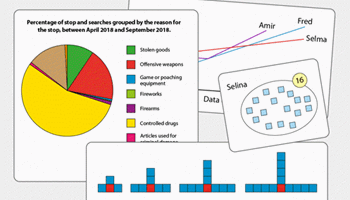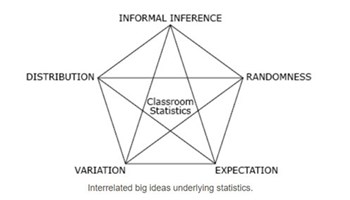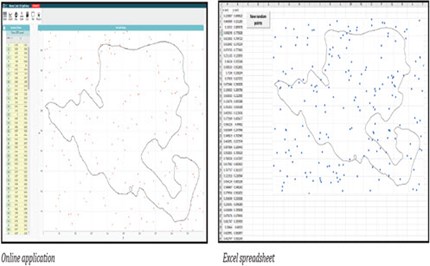Please note: This site contains links to websites not controlled by the Australian Government or ESA. More information here.
reSolve: Monte Carlo Simulations
This sequence of two lessons explores how statistical techniques that rely on randomly generated data can be used to solve problems. In the first lesson, students compare different methods for calculating the area of an irregular shape, using the context of oil spill maps. They are introduced to the Monte Carlo method for statistically calculating area. In the second lesson, they use the Monte Carlo method to estimate the area of a quadrant of a circle. By comparing this with the formula for the area of a circle, they estimate the value of pi (π). The lessons are outlined in detail including curriculum links, vocabulary, sample answers, spreadsheets of data, discussion points and student resources. This sequence is part of the reSolve: Mathematics by Inquiry program.
Additional details |
|
| Year level(s) | Year 8, Year 9 |
|---|---|
| Audience | Teacher |
| Purpose | Teaching resource |
| Format | Downloadable resources |
| Teaching strategies and pedagogical approaches | Mathematics investigation |
| Keywords | area, central tendency, polygons, statistical frequency, mean, median, pi |
Curriculum alignment |
|
| Curriculum connections | Numeracy |
| Strand and focus | Statistics, Build understanding, Apply understanding, Measurement |
| Topics | Chance and probability, Data representation and interpretation |
| AC: Mathematics (V9.0) content descriptions |
AC9M8M01
Solve problems involving the area and perimeter of irregular and composite shapes using appropriate units
AC9M8M06
Use Pythagoras' theorem to solve problems involving the side lengths of right-angled triangles
AC9M9P02
Calculate relative frequencies from given or collected data to estimate probabilities of events involving "and", inclusive "or" and exclusive "or"
AC9M9ST03
Represent the distribution of multiple data sets for numerical variables using comparative representations; compare data distributions with consideration of centre, spread and shape, and the effect of outliers on these measures |
| Numeracy progression |
Interpreting and representing data (P8)
Multiplicative strategies (P9) Understanding chance (P6) Understanding geometric properties (P7) Understanding units of measurement (P9, P10) |
Copyright details |
|
| Organisation | reSolve Maths by Inquiry |
| Copyright | © Australian Government Department of Education, Skills and Employment 2021. Creative Commons BY-NC-SA 4.0. |
Related resources
-

Statistics and probability: Foundation to Year 9
A guide to teaching about probability and statistics
Resource details -

reSolve: Mathematical modelling – How risky is life?
This is a series of inquiry-based lessons about modelling the risk of death by various causes, using probability, statistics and proportional thinking.
Resource details -

Statistics and probability
These units explore the relationship between probability and the way data is represented.
Resource details -

Big ideas in statistics
A look at the big ideas involved in developing statistical understanding and some of the misconceptions that students might hold
Resource details
